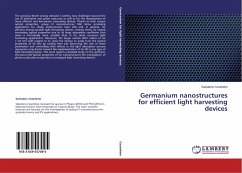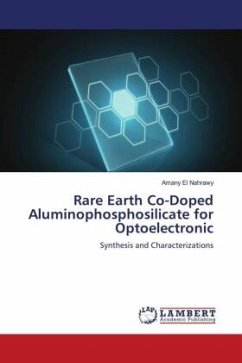Solid-state lighting (SSL) is considered a fourth-generation illumination source of lighting, which saves energy and reduces environmental pollution, substitutes for current conventional incandescent and fluorescent lamps. In this direction, an investigation for efficient, durable and single-phase host matrix through chemical approaches has received greater attention, since they can offer higher luminous efficiencies, excellent colour rendering indices and lower manufacturing costs. The most popular approach for producing commercial WLEDs is a fabrication of InGaN blue LED with a yellow emitting phosphor. The first, as well as the most widely used yellow phosphor, is Ce3+ -doped Y3Al5O12 (Ce:YAG), owing to its strong absorption of blue light (~ 420-480 nm), broad emission band in the visible region (500-700 nm), fast luminescence decay time (~100 ns), high luminescence quantum efficiency (Quantum Efficiency ~75% under blue LED excitation), remarkable chemical and thermal stability and easy synthesis.
Bitte wählen Sie Ihr Anliegen aus.
Rechnungen
Retourenschein anfordern
Bestellstatus
Storno








